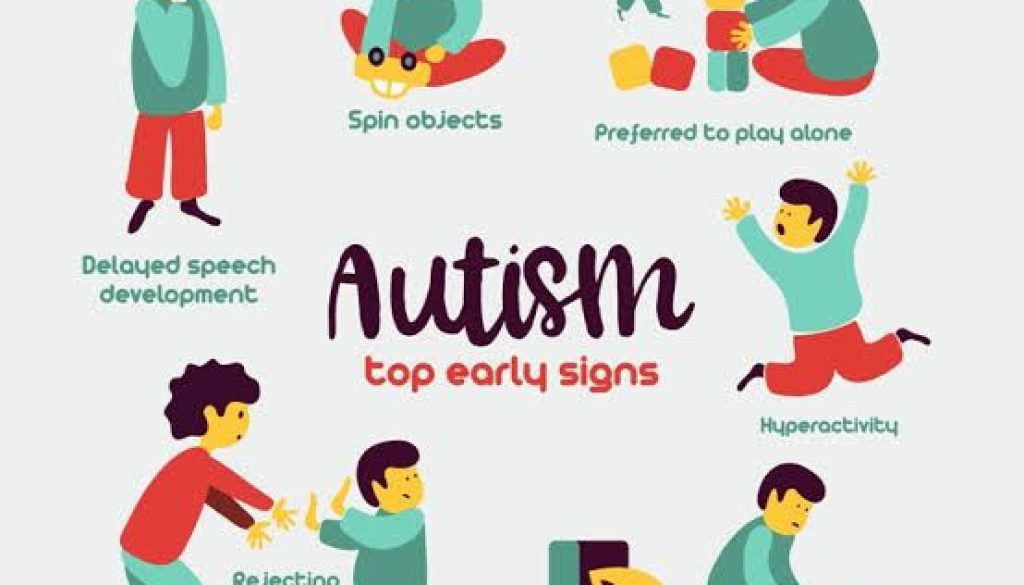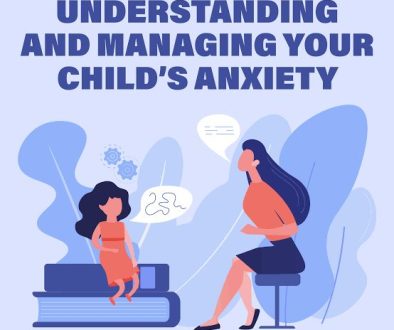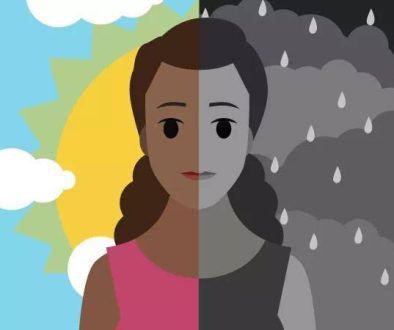Autism: Understanding the Spectrum
Autism, also known as Autism Spectrum Disorder (ASD), is a neurological disorder that affects communication, social interaction, and behavior. It is characterized by difficulties in verbal and nonverbal communication, social interactions, and repetitive behaviors. Autism is a spectrum disorder, meaning that it affects individuals to varying degrees and in different ways.
Causes of Autism
The exact causes of autism are still not fully understood, but research suggests that it is a complex interplay of genetic and environmental factors. Some potential causes of autism include:
1. Genetics: Autism tends to run in families, suggesting that there may be a genetic component.
2. Brain development: Abnormalities in brain development, such as differences in brain structure and function, may contribute to autism.
3. Environmental factors: Exposure to certain environmental toxins, such as pesticides and heavy metals, has been linked to an increased risk of autism.
Symptoms of Autism
The symptoms of autism can vary widely depending on the individual and the severity of the disorder. Some common symptoms of autism include:
1. Communication difficulties: Individuals with autism may have difficulty with verbal and nonverbal communication, such as delayed or absent language development.
2. Social interaction difficulties: Individuals with autism may have difficulty initiating or maintaining social interactions, such as difficulty making eye contact or understanding social cues.
3. Repetitive behaviors: Individuals with autism may exhibit repetitive behaviors, such as hand flapping or body rocking.
4. Sensory sensitivities: Individuals with autism may be over- or under-sensitive to certain sights, sounds, or textures.
Diagnosis of Autism
Autism can be diagnosed as early as 18 months of age, but it is often diagnosed later, around 2-3 years of age. The diagnosis is typically made by a multidisciplinary team of professionals, including psychologists, psychiatrists, and speech and language therapists. The diagnosis is based on a comprehensive evaluation of the individual’s behavior, communication, and social interactions.
Treatment of Autism
There is no cure for autism, but early intervention and treatment can significantly improve symptoms and outcomes. Some common treatments for autism include:
1. Applied Behavior Analysis (ABA) therapy: A type of behavioral therapy that focuses on breaking down complex behaviors into smaller, more manageable parts.
2. Occupational therapy: A type of therapy that focuses on developing skills for daily living, such as dressing and feeding.
3. Speech and language therapy: A type of therapy that focuses on developing communication skills, such as speaking and listening.
4. Medications: Certain medications, such as antidepressants and antipsychotics, may be used to treat symptoms of autism, such as anxiety and hyperactivity.
Living with Autism
Living with autism can be challenging, but with the right support and accommodations, individuals with autism can lead fulfilling and meaningful lives. Some strategies for living with autism include:
1. Developing a daily routine: Establishing a daily routine can help individuals with autism feel more secure and in control.
2. Using visual aids: Visual aids, such as pictures and schedules, can help individuals with autism communicate and navigate their environment.
3. Practicing social skills: Practicing social skills, such as initiating conversations and making eye contact, can help individuals with autism interact more effectively with others.
4. Seeking support: Seeking support from family, friends, and professionals can help individuals with autism cope with the challenges of living with autism.
Conclusion
Autism is a complex and multifaceted disorder that affects individuals in different ways. While there is no cure for autism, early intervention and treatment can significantly improve symptoms and outcomes. By understanding and accepting autism, we can work to create a more inclusive and supportive environment for individuals with autism and their families.



